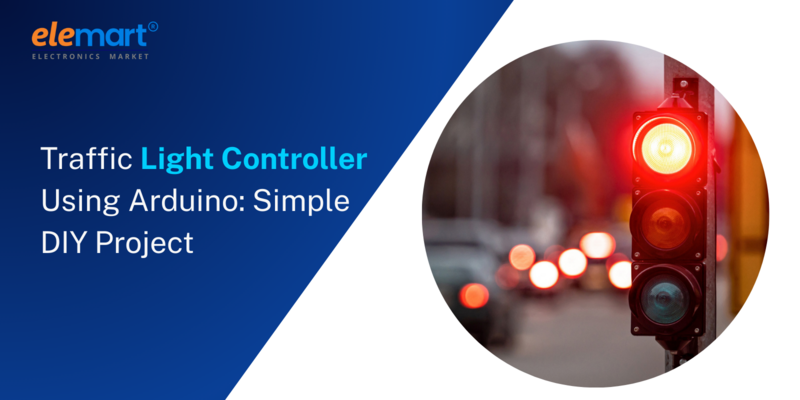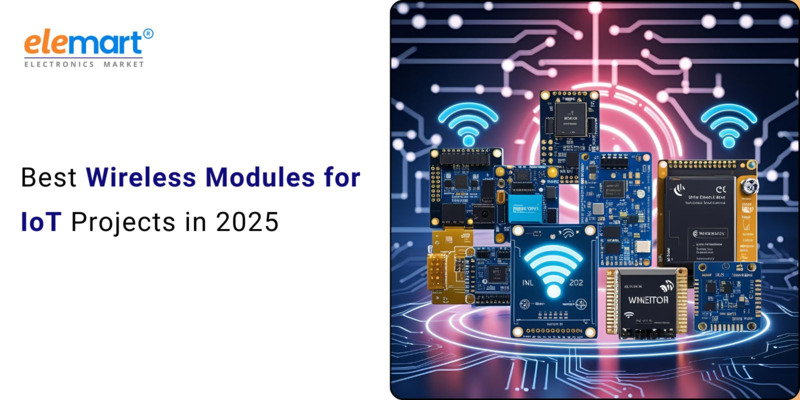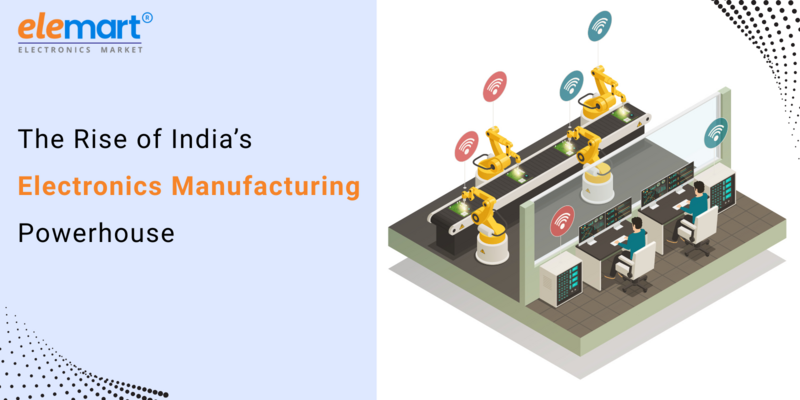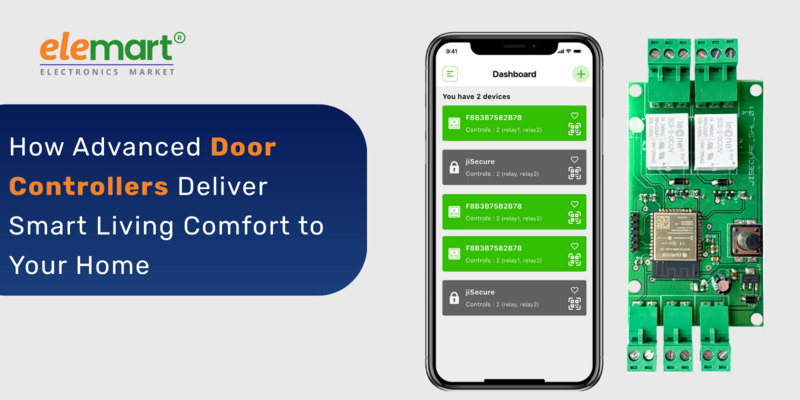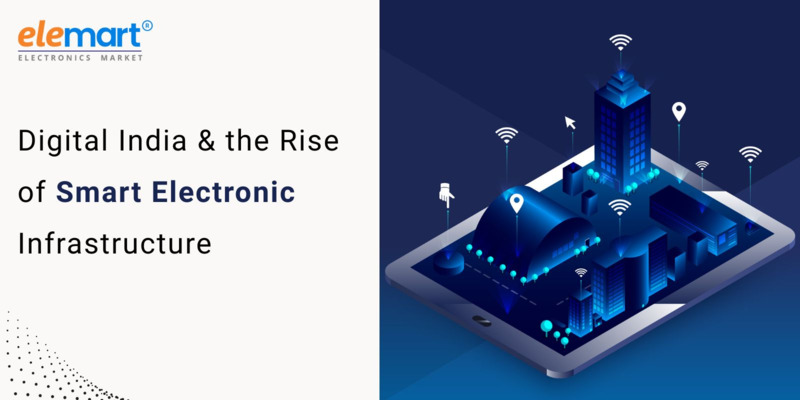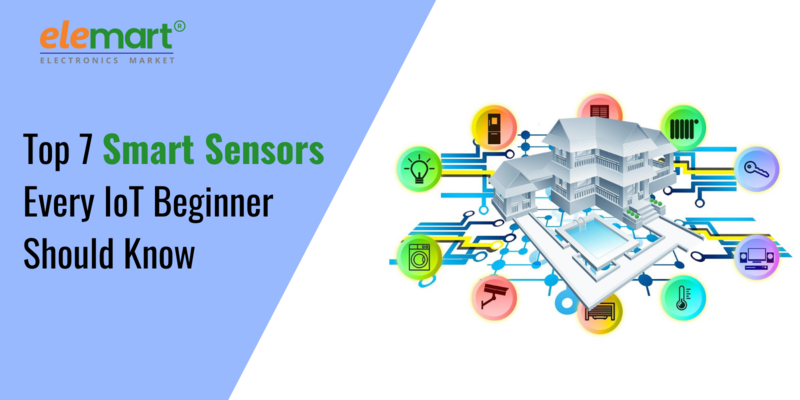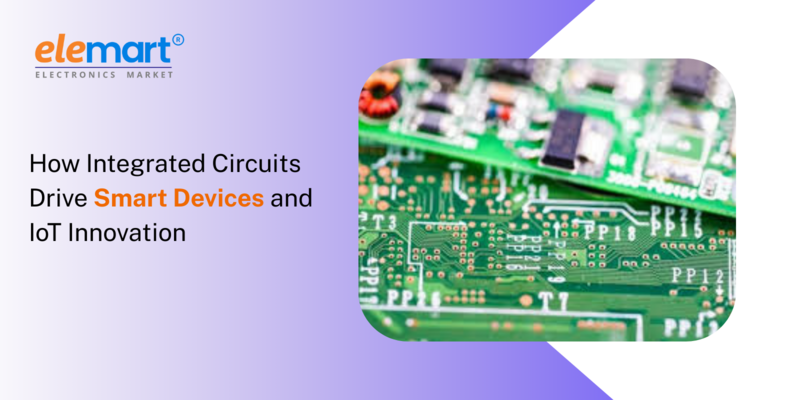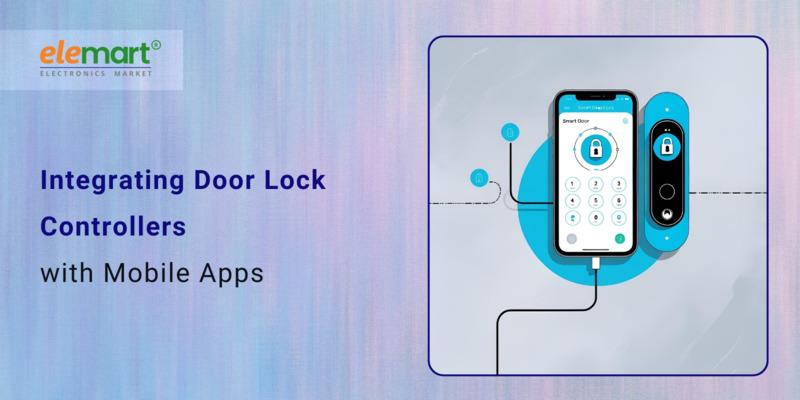- Jul 08, 2025
Share this post on:

Parking. It's a universal frustration. Whether you're circling a crowded city block, wasting precious time and fuel searching for a spot, or simply feeling the stress of late arrivals due to parking woes, the modern parking experience often falls short. But what if parking could be effortless, efficient, and even intelligent? The rise of smart parking management, powered by sensors and artificial intelligence, is making that vision a reality. This blog post explores the challenges of traditional parking, dives into the technologies driving smart parking solutions, examines the benefits for cities and drivers alike, and looks toward the future of this rapidly evolving field.
The Problem: Why Traditional Parking is Broken
Traditional parking systems are plagued by inefficiencies that impact drivers, businesses, and city infrastructure. Here's a snapshot of the problems:
- Wasted Time & Fuel: Drivers spend an average of 20 minutes searching for parking each day, globally. This translates into billions of gallons of fuel wasted and contributes significantly to traffic congestion and air pollution.
- Traffic Congestion: The frantic search for parking creates bottlenecks, exacerbating existing traffic issues and adding to commuter stress.
- Inefficient Space Utilization: Many parking lots are underutilized, with spaces occupied for short periods or even left vacant.
- Lack of Real-Time Information: Drivers have little to no information about parking availability, leading to frustrating guesswork and unnecessary driving.
- Manual Management & High Costs: Managing parking through manual systems (paper permits, attendants) is labor-intensive and costly for municipalities and parking operators.
- Enforcement Challenges: Enforcing parking regulations (time limits, permits) is often difficult and requires significant resources.
- Environmental Impact: The combination of wasted fuel and increased emissions contributes to a larger carbon footprint.
The Technology Behind Smart Parking
Smart parking management leverages a combination of sensors, communication technologies, and artificial intelligence to create a more responsive and efficient system. Here's a breakdown of the key components:
Sensors - The Eyes and Ears of the System:In-Ground Sensors: These are installed within parking spaces and use technologies like magnetic inductance or piezo sensors to detect the presence or absence of a vehicle. They provide highly accurate occupancy data. Ultrasonic Sensors: Mounted on poles or streetlights, these sensors use ultrasonic waves to detect vehicles within a range. They're often used for wider area detection. Camera-Based Systems: Cameras with image recognition capabilities can identify vehicles, read license plates (ANPR – Automatic Number Plate Recognition), and even classify vehicle types. IoT (Internet of Things) Connected Cameras: These combine camera technology with internet connectivity, allowing for real-time data transmission and advanced analytics. * Bluetooth & Wi-Fi Tracking: Using signals from smartphones and in-car navigation systems, systems can estimate parking availability based on device density. While less precise than other methods, it’s a cost-effective solution for initial deployments.
Communication Networks:Wireless Technologies: Data from sensors is transmitted wirelessly using technologies like Wi-Fi, LoRaWAN, Sigfox, and Cellular (4G/5G). The choice depends on range, bandwidth requirements, and power consumption considerations. Mesh Networks: These networks allow sensors to communicate with each other and relay data to a central hub, extending range and improving reliability.
Artificial Intelligence (AI) & Data Analytics:Predictive Analytics: AI algorithms analyze historical data (time of day, day of week, events) to predict future parking demand and optimize pricing and resource allocation. Dynamic Pricing: Adjusting parking rates based on real-time demand helps to encourage utilization and reduce congestion. Route Optimization: AI can guide drivers to available parking spaces using navigation apps, minimizing search time. Anomaly Detection: AI can identify unusual parking patterns, such as unauthorized vehicles or suspected theft. License Plate Recognition (LPR) and Automated Enforcement: Automated systems use LPR for identifying vehicles and applying parking rules, reducing manual enforcement needs. Computer Vision: Analyzing camera feeds for things like identifying vehicle types, detecting parking violations (e.g., parking on sidewalks), and even assessing the overall health of infrastructure.
Benefits of Smart Parking Management
The advantages of adopting smart parking systems extend far beyond simply making parking easier for drivers.
- Improved Driver Experience: Reduced search times, readily available parking information, and convenient payment options significantly enhance the driver experience.
- Reduced Traffic Congestion: By directing drivers to available spaces, smart parking systems alleviate congestion and improve traffic flow.
- Increased Parking Revenue: Optimized pricing and improved utilization can lead to increased revenue for municipalities and parking operators.
- Enhanced City Sustainability: Reduced fuel consumption and emissions contribute to a more sustainable urban environment.
- Data-Driven Decision Making: Data collected by smart parking systems provides valuable insights for urban planners and policymakers.
- Optimized Space Utilization: Better information and dynamic pricing help maximize the usage of existing parking infrastructure.
- Reduced Operational Costs: Automation of tasks such as enforcement and payment processing lowers operating expenses.
- Improved Public Safety: Enhanced surveillance and anomaly detection can contribute to safer parking environments.
Challenges and Considerations
While the benefits are compelling, implementing smart parking systems isn’t without its challenges:
- High Initial Investment: Installing sensors and communication infrastructure can be expensive, although costs are decreasing with technological advancements.
- Data Privacy Concerns: Collecting and storing vehicle data raises privacy concerns that need to be addressed through transparent policies and secure systems. ANPR in particular requires careful consideration of privacy implications.
- Cybersecurity Risks: Smart parking systems are vulnerable to cyberattacks, requiring robust security measures to protect data and prevent unauthorized access.
- Integration with Existing Infrastructure: Integrating smart parking systems with existing parking management platforms can be complex.
- Public Acceptance: Educating the public about the benefits of smart parking and addressing any concerns is crucial for successful adoption.
- Sensor Accuracy and Reliability: Ensuring the accuracy and reliability of sensors in various weather conditions is essential for system performance.
- Scalability: Systems need to be designed to scale as cities grow and parking demands evolve.
Real-World Examples of Smart Parking in Action
- Barcelona, Spain: Implemented a city-wide smart parking system using sensors embedded in parking spaces, providing real-time availability information to drivers through a mobile app.
- San Francisco, USA: Utilizes a combination of sensors and cameras to monitor parking occupancy and enforce regulations.
- London, UK: Uses a variety of smart parking solutions, including sensor-based systems and mobile payment options.
- Melbourne, Australia: Implemented a system that uses cameras and sensors to optimize parking space utilization and reduce congestion.
- Singapore: A pioneer in smart city initiatives, Singapore utilizes a comprehensive smart parking system integrated with its electronic road pricing scheme.
The Future of Smart Parking
The evolution of smart parking is far from over. Here are some trends to watch:
- Increased Integration with Autonomous Vehicles: Autonomous vehicles will require seamless parking solutions, including automated parking and valet services.
- Edge Computing: Processing data closer to the source (at the sensor level) will reduce latency and bandwidth requirements.
- 5G Connectivity: Faster and more reliable connectivity will enable more advanced features, such as real-time video analytics.
- Blockchain Technology: Could be used for secure and transparent parking transactions and data management.
- Hyper-Personalization: Smart parking systems will increasingly tailor the parking experience to individual drivers based on their preferences and needs.
- Predictive Maintenance: Sensors monitoring parking infrastructure (e.g., pavement conditions) can facilitate predictive maintenance, minimizing disruptions.
Conclusion
Smart parking management represents a transformative shift in how cities manage their parking resources. By leveraging the power of sensors and artificial intelligence, we can create a more efficient, sustainable, and driver-friendly urban environment. While challenges remain, the benefits are undeniable, and the future of parking is undoubtedly smart.
